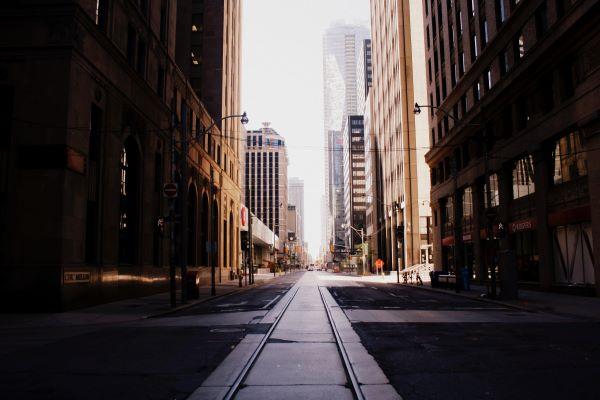One very early morning a few years ago, while my husband and I were visiting New York City, we made our way to the High Line at sunrise. After a number of busy days walking along busy sidewalks, we found ourselves almost entirely alone above quiet streets, save for a few diligent joggers. The High Line is a park built on an old, unused freight rail line that snakes its way above the streets on the West Side of Manhattan. It is beautifully designed, with trees and grasses and gardens, offering a trail that is nearly a mile-and-a-half-long for walkers and runners, populated with many places to sit and relax for readers and people watchers.
The park is a popular place for residents of the neighbourhood and visitors alike. For me, walking the High Line while the sun peaked over the buildings around us was a highlight of our time in the city. It is a unique place that offers both beauty and recreational space to those who use it, while at the same time preserving a piece of the neighbourhood's history.
The park exists because of the hard work and patronage of the Friends of the High Line. It took years of advocating for the preservation of the rail line, attaining support from the city and the residents, raising money, finalizing the design, and actually creating the park on the old rail line. It took a full decade before the park opened Phase 1 to the public. And this work of preserving continues. Just a few weeks ago, an updated design concept for the third and final phase was announced, which will wrap around the active West Side Rail Yards.
Before restoration, the High Line, with its dirty black steel winding its way through the streets, was an ugly blight in the neighbourhood. People wanted it torn down. But through years of hard work, the old was made into something new—a park that has become famous in its own right, by being unique, beautiful, and very home-grown. The park is something that never would have existed or been enjoyed without the ugly structure that it was built upon.
This advent season, as we wait in anticipation for the coming of Christ, I am reminded that he not only says, "Yes, I am coming soon," but also, "I am making everything new!" He is, even now, taking our broken-down, decaying world and making it new. It's taking years of hard work that we are called to be a part of, and the end result will be all the more glorious for the pieces of time and history woven together to create the renewed earth.





